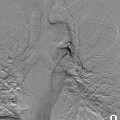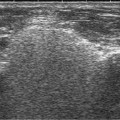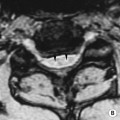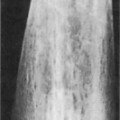• An excess of extravascular lung water • Interstitial oedema: oedema fluid collecting in a subpleural space manifests as thickening of the interlobar fissures or as a costophrenic recess lamellar ‘effusion’ • Alveolar oedema: this generally spares the apices and extreme lung bases
Airspace disease
AIRSPACE DISEASE
PULMONARY OEDEMA
DEFINITION
 Cardiogenic oedema: increased hydrostatic pressure moves fluid out of the vascular compartment
Cardiogenic oedema: increased hydrostatic pressure moves fluid out of the vascular compartment  this is commonly caused by left heart failure
this is commonly caused by left heart failure  it is rarely caused by a reduction in plasma osmotic pressure (e.g. hypoalbuminaemia)
it is rarely caused by a reduction in plasma osmotic pressure (e.g. hypoalbuminaemia)
 Non-cardiogenic oedema: this is caused by an increased alveolar-capillary barrier permeability
Non-cardiogenic oedema: this is caused by an increased alveolar-capillary barrier permeability
RADIOLOGICAL FEATURES
CXR/CT
 Kerley B lines: thickened interlobular septa (1–2mm wide, 30–60mm long)
Kerley B lines: thickened interlobular septa (1–2mm wide, 30–60mm long)  this occurs within the sub-pleural lung and perpendicular to the pleural surface
this occurs within the sub-pleural lung and perpendicular to the pleural surface
 Kerley A line: these are longer (up to 80–100mm) and occasionally angulated
Kerley A line: these are longer (up to 80–100mm) and occasionally angulated  they cross the inner ⅔ of the lung (and tend to point medially towards the hilum)
they cross the inner ⅔ of the lung (and tend to point medially towards the hilum)
 Peribronchial cuffing: thickened and indistinct airway walls
Peribronchial cuffing: thickened and indistinct airway walls
Cardiogenic oedema
Non-cardiogenic oedema
Distribution
Central ‘bat’s wing’
Tends to be more peripheral
Septal lines
Common
Less common
Peribronchial cuffing
Common
Less common
Pleural effusions
Common
Less common
Cardiomegaly
Yes
No
Pulmonary vasculature
Upper lobe diversion
No redistribution
 Perihilar haze: loss of conspicuity of the central pulmonary vessels
Perihilar haze: loss of conspicuity of the central pulmonary vessels
 usually there is bilateral opacification (it can be unilateral)
usually there is bilateral opacification (it can be unilateral)  opacities may coalesce to produce a general ‘white-out’ (± air bronchograms)
opacities may coalesce to produce a general ‘white-out’ (± air bronchograms)  resolution of any airspace opacification may be rapid (over hours)
resolution of any airspace opacification may be rapid (over hours)
 ‘Butterfly’ or ‘bat’s wing’ distribution: this occurs if the central lungs are predominantly affected
‘Butterfly’ or ‘bat’s wing’ distribution: this occurs if the central lungs are predominantly affected
 Cardiomegaly: this indicates chronic heart disease, compared with a normal cardiac size seen after an acute myocardial infarction
Cardiomegaly: this indicates chronic heart disease, compared with a normal cardiac size seen after an acute myocardial infarction
 Pleural effusions: these are often bilateral
Pleural effusions: these are often bilateral
 Unilateral oedema: this can be seen in patients placed in a lateral decubitus position for some time
Unilateral oedema: this can be seen in patients placed in a lateral decubitus position for some time  the distribution can be affected by coexisting disease (e.g. emphysema can lead to patchy oedema)
the distribution can be affected by coexisting disease (e.g. emphysema can lead to patchy oedema)
 Redistribution of blood to the upper zones: this occurs with an elevated pulmonary venous pressure (when erect oedema accumulates in the dependent lung, compressing these vessels and increasing basal resistance to flow): the diameter of the upper lobe vessels > the lower lobe vessels
Redistribution of blood to the upper zones: this occurs with an elevated pulmonary venous pressure (when erect oedema accumulates in the dependent lung, compressing these vessels and increasing basal resistance to flow): the diameter of the upper lobe vessels > the lower lobe vessels
Airspace disease

 drowning
drowning  drug induced
drug induced  ARDS
ARDS  high altitude
high altitude  rapid re-expansion of a collapsed lung
rapid re-expansion of a collapsed lung  intracranial disease
intracranial disease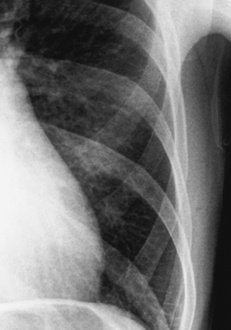
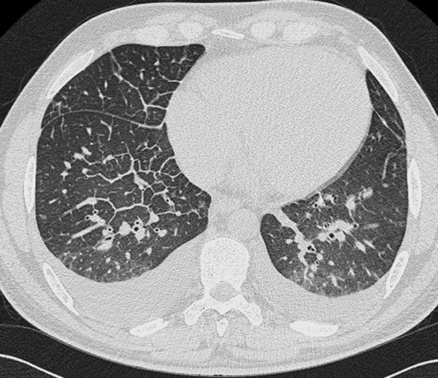
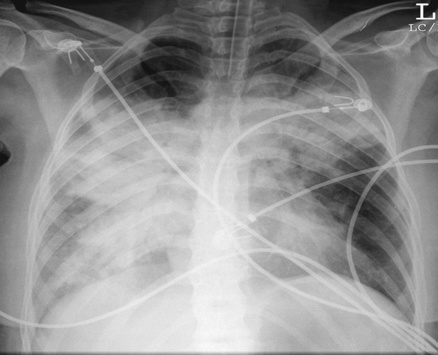
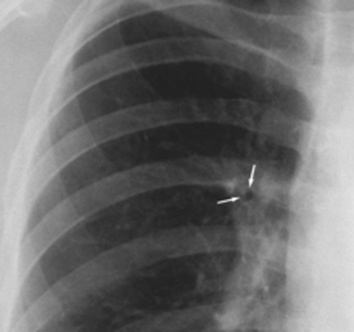

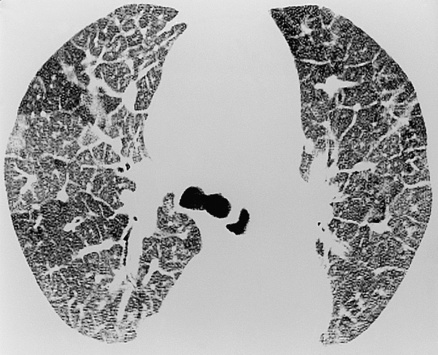
 the severity can vary from small symptomless bleeds to life-threatening episodes
the severity can vary from small symptomless bleeds to life-threatening episodes
